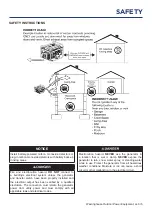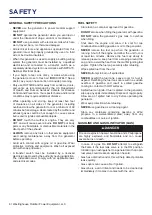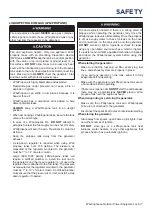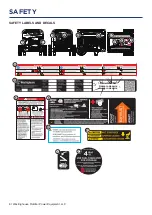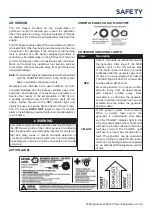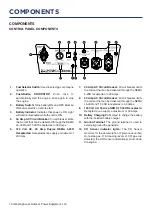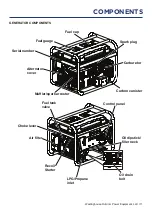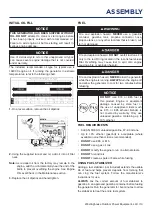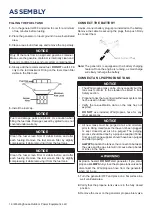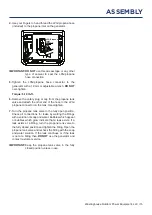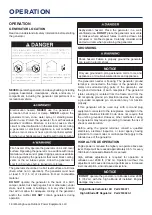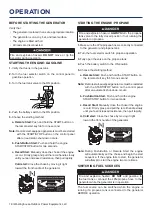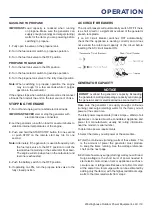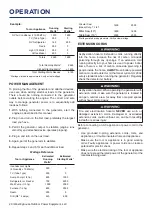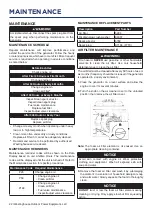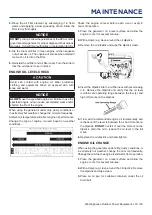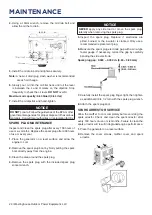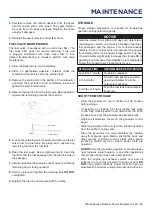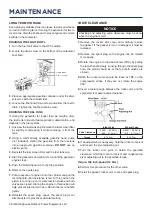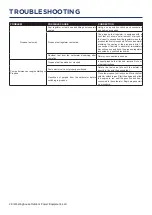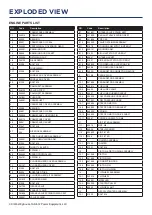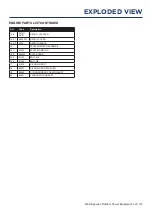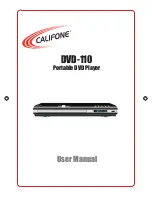
Westinghouse Outdoor Power Equipment, LLC | 19
GASOLINE TO PROPANE
IMPORTANT:
Load capacity is reduced when running
on propane. Make sure the generator can
supply enough (running) and surge (starting)
watts for the items you are powering before
switching to propane.
1.
Fully open the valve on the propane tank.
2.
Turn the fuel selector switch to propane operation.
3.
Turn the fuel tank valve to the OFF position.
PROPANE TO GASOLINE
1.
Turn the fuel tank valve to the ON position.
2.
Turn the fuel selector switch to gasoline operation.
3.
Turn the propane tank valve to the fully closed position.
Note:
When switching to propane operation the engine
may run rough for a few seconds while it purges
gasoline in the carburetor.
If the engine stops when switching fuel sources, disconnect
all loads then restart the unit on the fuel source of choice.
STOPPING THE ENGINE
1.
Turn off and unplug all connected electrical loads.
IMPORTANT: NEVER
start or stop the generator with
electrical devices connected.
2.
Let the generator run with no load for several minutes to
stabilize internal temperatures of the engine.
3.
Push and hold the START/STOP button for one second
or push STOP on the remote start key fob for one
second.
Note:
Alternately, if the generator is used infrequently, turn
the fuel tank valve to the OFF position to limit the
residual fuel remaining in the carburetor float bowl.
The engine will stop when fuel in the carburetor and
fuel line is exhausted.
4.
Push the battery switch to the OFF position.
5.
If operating on LPG, turn the propane tank valve to the
fully closed position.
AC CIRCUIT BREAKERS
The circuit breakers will automatically switch OFF if there
is a short circuit or a significant overload of the generator
at each receptacle.
If an AC circuit breaker switches OFF automatically,
check that the appliance is working correctly and it does
not exceed the rated load capacity of the circuit before
resetting the AC circuit breaker ON.
GENERATOR CAPACITY
NOTICE
DO NOT
overload the generator’s capacity. Exceeding
the generator’s wattage/amperage capacity can damage
the generator and/or electrical devices connected to it.
Make sure the generator can supply enough continuous
(running) and surge (starting) watts for the items you will
power at the same time.
The total power requirements (Volts x Amps = Watts) of all
appliances connected must be considered. Appliance and
power tool manufacturers usually list rating information
near the model or serial number.
To determine power requirements:
1.
Select the items you will power at the same time.
2.
Total the continuous (running) watts of these items. This
is the amount of power the generator must produce
to keep the items running. See the wattage reference
chart on the next page.
3.
Estimate how many surge (starting) watts you will need.
Surge wattage is the short burst of power needed to
start electric motor-driven tools or appliances such as a
circular saw or refrigerator. Because not all motors start
at the same time, total surge watts can be estimated by
adding only the item(s) with the highest additional surge
watts to the total rated watts from step 2.
OPERATION

